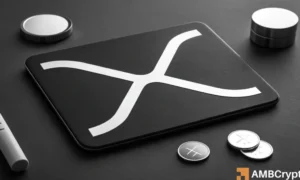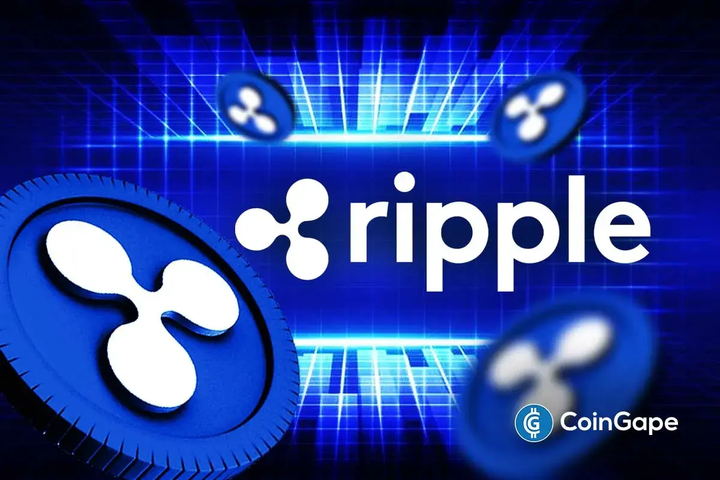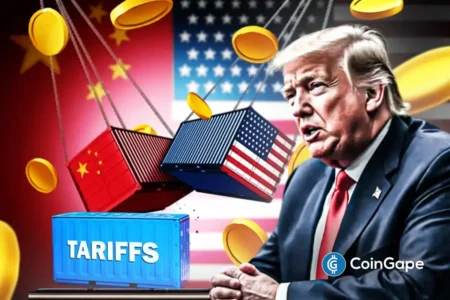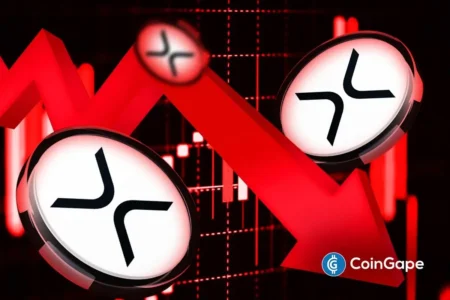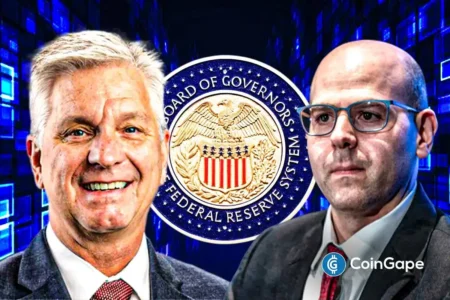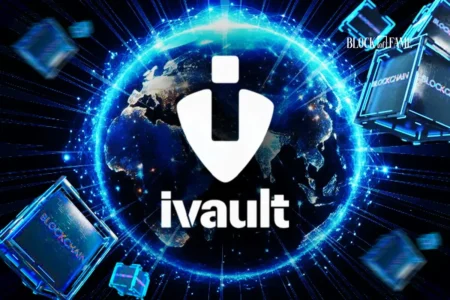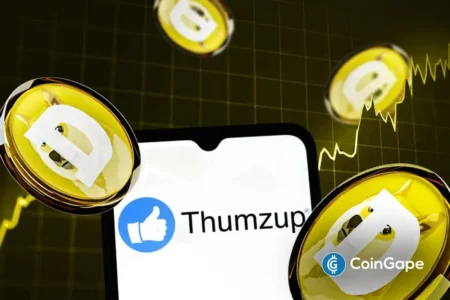Ripple Acquires GTreasury: A Game-Changer for Corporate Treasury Management
In a landmark move, Ripple has announced its acquisition of GTreasury for a staggering $1 billion, signaling its deepened commitment to modernizing the corporate treasury landscape. This acquisition not only expands Ripple’s presence in the blockchain and digital asset infrastructure sectors but also emphasizes its intent to redefine the transport of corporate payments. By integrating GTreasury’s reputable treasury management system, Ripple aims to streamline transaction processes for major corporate clients, tapping into the multi-trillion-dollar treasury market.
Boosting Corporate Payments through Technology
The Ripple-GTreasury deal is more than just a financial transaction; it’s about enhancing the efficiency of corporate payments on a global scale. By leveraging GTreasury’s technology, Ripple seeks to facilitate real-time money transfers, optimizing liquidity management for businesses. This shift not only promises substantial cost savings but also liberates funds that are often tied up in outdated payment systems. With the capability to access Ripple’s advanced blockchain infrastructure, customers will experience an enhanced level of compliance and security in their financial transactions.
This strategic alignment positions Ripple as a leader in the burgeoning field of corporate treasury management. The merger aims to tackle significant pain points in today’s payment processes, enabling faster, more transparent transactions across borders. As businesses increasingly turn to innovative financial solutions, Ripple’s entrance into this market could define the future of corporate payments.
A Strategic Expansion in 2025
The acquisition of GTreasury marks Ripple’s third significant purchase in 2025, following its acquisition of Hidden Road, a prime broker, and Rail, a stablecoin platform. This series of strategic investments indicates Ripple’s ambitious plans to forge a bridge between the traditional financial systems and blockchain technology. By pursuing such acquisitions, Ripple is not only enhancing its capabilities in regulatory compliance and liquidity management but is also demonstrating its commitment to advancing its XRPL DeFi roadmap, which focuses on tokenization and stablecoin adoption.
As Ripple ventures deeper into the treasury management sector, it is poised to influence tokenized asset finance significantly. The company’s efforts underline the importance of integrating blockchain capabilities into existing systems, making it easier for corporations to adapt to new financial paradigms.
Renaat Ver Eecke: A Watershed Moment
GTreasury’s CEO, Renaat Ver Eecke, has characterized the collaboration as a “watershed moment” for the industry. The merger is set to unify Ripple’s advanced blockchain technology with GTreasury’s robust risk and compliance frameworks, empowering corporations to activate their capital in ways that were previously unimaginable. This bold shift enables treasurers to unlock capital that has been restrained within traditional systems, facilitating greater flexibility in corporate finance.
As the landscape of corporate treasury management continues to evolve, this partnership promises to be a catalyst for innovation. By combining strengths, both entities can proactively shape the future of corporate liquidity management, inviting companies to explore more effective financial strategies.
Addressing Bottlenecks in Global Payments
Ripple’s expansion efforts also include a pronounced focus on overcoming the bottlenecks that plague the corporate treasury payments market, which is valued at $120 trillion. As noted by Ripple CEO Brad Garlinghouse, vast sums of corporate cash remain locked in outdated systems that hinder global transactions. The integration of blockchain technology aims to unravel these inefficiencies by making cross-border payments seamless and immediate.
The strategic acquisition of GTreasury is essential for Ripple as it seeks to revolutionize the way that global corporations engage in treasury management and capital allocation. By fostering quicker settlements and increased transparency, Ripple aims to lead a critical transformation in the global finance landscape, responding to an ever-growing demand for efficiency.
Future Prospects and Partnerships
Ripple’s acquisition strategies are not limited to GTreasury. The company is actively pursuing partnerships that bolster the adoption of RLUSD, its stablecoin. Recent collaborations, such as the partnership with Bahrain’s FinTech Bay, exemplify Ripple’s commitment to expanding RLUSD payments within the Middle East, thereby strengthening its presence on the global stage.
Underlying these efforts is Ripple’s desire to blend innovative financial technology with treasury expertise, creating solutions that address the specific needs of businesses today. As institutions increasingly recognize the value of blockchain in enhancing financial efficiency, Ripple is strategically positioning itself as a key player in this evolving market.
Conclusion: A New Era for Corporate Treasury Management
In summary, Ripple’s $1 billion acquisition of GTreasury reflects a profound shift in corporate treasury management and payments. The merger is a clear indication of Ripple’s strategic focus on integrating blockchain technology into traditional financial systems, fostering an environment ripe for innovation and efficiency. As Ripple ventures into the expansive $120 trillion corporate treasury market, its efforts will likely set new standards for how companies manage their liquidity and execute payments.
By continuously adapting to the changing financial landscape and identifying opportunities for advancement, Ripple is well-equipped to lead the charge in revolutionizing global treasury practices. With each acquisition and partnership, Ripple strengthens its commitment to shaping a future where corporate payments are not only faster but also more efficient and transparent. As the company embarks on this ambitious venture, the implications for businesses worldwide are profound, heralding a transformative era in corporate finance.
